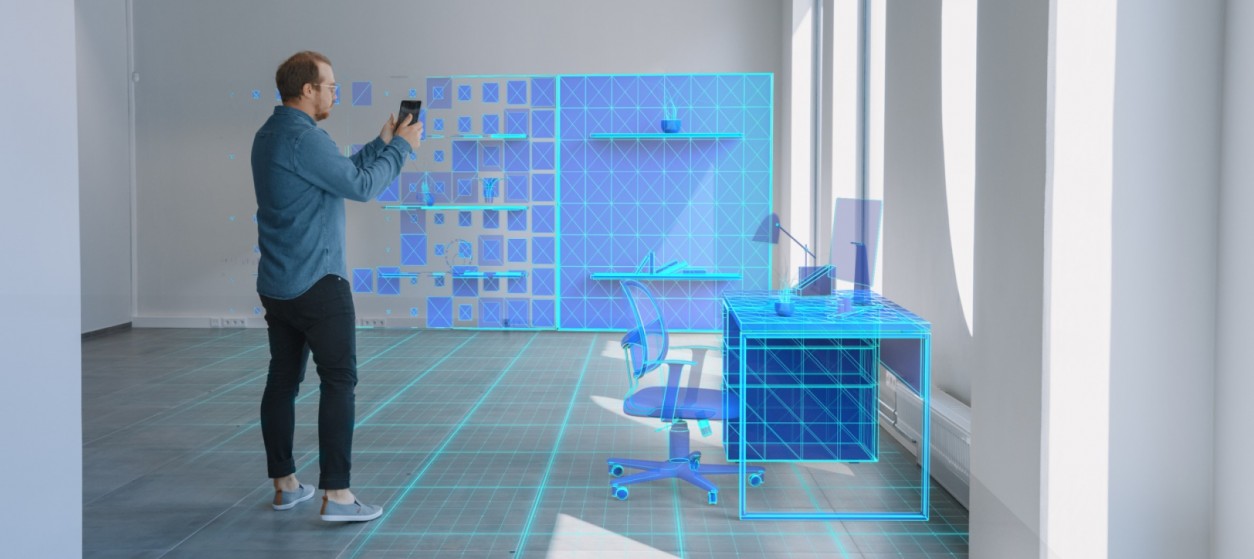In an era where e-commerce is growing rapidly, a new buzzword is trending: “Headless Commerce”. Headless commerce refers to solutions that manage and deliver content independently of a specific front-end layer. In essence, headless commerce signifies a transition from conventional monolithic e-commerce platforms to more flexible one i.e., platforms that separate back-end commerce from the users’ experience. In practice, a Headless Commerce platform comprises a back-end solution only, as front-end templates and GUIs (Graphical User Interfaces) have been removed from it.
The concept of headless commerce has been around for more than five years. Following the introduction of the concept, there has been some hype around its capabilities and market potential. During the last year, headless commerce vendors are seeing significant growth in their sales and balance sheets. This means that this new paradigm is not only about inflated expectations but rather has tangible business value as well. Moreover, it is also important that the headless concept extends to other types of platforms, such as CMS (Content Management Systems).
Headless Added Value
Nowadays, many analysts agree that there is merit in the headless concept. Specifically, the model delivers the following benefits:
- Content-Driven Strategy Enabler: Headless platforms enable companies to implement content-driven strategies, which are important for certain types of brands like vendors of lifestyle products. With headless platforms, such brands can focus on developing content that reflects their products and values, which they later deliver to potential customers through different channels.
- Touchpoint independent Sales and Marketing: With headless functionalities companies are decoupled from specific touchpoints like social media, websites, point of sales (POS) software, and on-line marketplaces. Hence, they can focus on the development of channel or touchpoint-specific content (e.g., “social” content). Accordingly, all they have to do is to adapt their branded content to the requirements of different channels.
- Easier management of content and of back-end functions: Headless approaches simplify content management, as companies do not have to deal with multiple “siloed” back-ends. Rather they can manage and deliver content for different channels and user groups through a single back-end platform. Likewise, these back-ends provide many important functions such as regulatory compliance (e.g., compliance to payment regulations), warehouse management, and integration with business information systems (e.g., Enterprise Resource Planning (ERP) platforms) through a single-entry point.
- Improved User Experience: The complete decoupling of the GUI from the back-end enables the delivery of exceptional user experiences. Headless platforms are not limited to delivering content based on a pre-determined set of front ends and user interfaces. They can be flexibly integrated with many sophisticated front ends that range from speech-enabled platforms (e.g., Alexa and Siri) to customized and sleeky user-facing dashboards.
Technology Enablers
From a technological perspective, headless platforms are empowered by latest developments in the areas of Cloud distributed computing, cloud computing and service-oriented architectures. Contrary to plain old monolithic platforms, headless platforms employ a more versatile service-oriented approach that separates the front end from the back end of the system. Key to the implementation of headless platforms is the specification and implementation of Application Programming Interfaces (APIs), which enable different front ends to connect to a back-end platform. Headless platforms are API driven platforms, which connect touchpoints and legacy systems such as enterprise platforms and business information systems. In this context, microservices architectures are among the technological enablers of headless platforms. Specifically, headless platforms leverage microservices to invoke and interconnect front-end and back-end functions in a scalable way. Furthermore, microservices enable the scalable and resilient deployment of back-end functions.
The above-listed technologies empower the development of a new wave of software components that are deployed and operate on devices without a graphical user interface. Such components perform I/O (Input-Output) operations through other interfaces like serial ports, network interface cards and APIs. This gives rise to the concept of headless computing, headless programming platforms (e.g., “Headless Python”) and headless operating systems (e.g., “Headless Linux”).
A Glimpse to the Future
Soon, the rising popularity of headless computing will enable many innovative applications in different areas, beyond CMS and e-commerce. For instance, headless e-banking and headless payment platforms will separate the front-end from the back-end of banking transactions. These platforms will enable end-users to interact with financial institutions based on different front-ends. This is fully in-line with the latest trends in the sector (e.g., Open Banking), as well as with relevant regulatory developments such as the 2nd Payment Services Directive (PSD2) in Europe.
In the future, there will be a large-scale segmentation of conventional monolithic platforms into two main parts: A front-end platform providing various templates and UIs, and a back-end platform where the different front-ends will connect to. For instance, in the case of e-commerce, we will see front-end e-commerce providers offering ergonomic and user-friendly interfaces to different consumer groups, as well as back-end e-commerce providers offering backbone data and content management (e.g., management of shopping carts and users’ preferences). Similarly, in banking and digital finance, headless computing will support the segmentation of conventional financial organizations in front-end banks and back-end banks. These models will unlock the innovation potentials of content-driven strategies and will enable firms to offer customized, ergonomic and pleasant experiences to their end-users.
As headless computing moves from hype to enterprise maturity, Chief Information Officers (CIOs) cannot afford to ignore it. The technology is already available, while existing deployments showcase novel business models that save costs and elevate the customer’s experience. In this context, CIOs must understand the potential benefits of headless computing for their company, while evaluating and comparing available platforms. Most importantly, they must explore the potential impact of headless on the company’s organization and business models.
Headless computing is coming soon to a theatre near you, to deliver new efficiencies and tangible improvements to business results.










